
Mykonos to Paros
The Big Blue route
SUMMARY
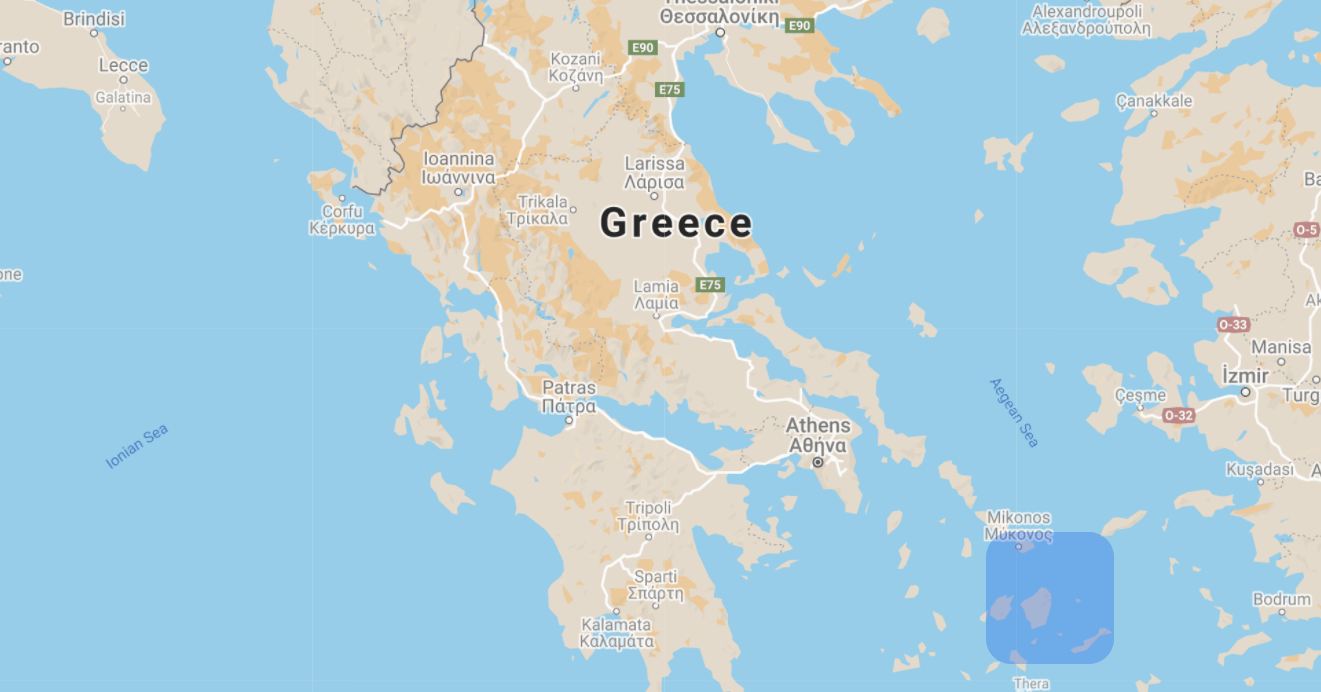 Sailing area
Sailing area
 Detailed island hopping route
Detailed island hopping route
Highlights of the route:
- Amorgos shipwreck
- Chora (Amorgos)
- Lesser Cyclades
- Underwater WW2 plane wreck
- Portara, Temple of Apollo (Naxos)
- Naoussa (Paros)
THE DESTINATION

The "Mykonos-Paros" route visits many interesting Cycladic islands in the Aegean sea, but also passes through the so called 'Minor Cyclades' (or 'Lesser Cyclades'), a mini archipelago consisting of 4 small islands.
It is the most relaxed route we offer, as the majority of daily sailing distances are very easy and quite short, and the small scarcely populated islands are full of sandy beaches.
It is a trip tailored for those willing to feel a bit of the deep blue colours of Greece but mainly spend the holidays in an light and stressless mode. A big portion of the route (namely after Amorgos) is almost completely sheltered from winds. There is a number of secluded spots on the route, many of them only accessible by boat, and very away from touristic crowds.
 A dolphin couple is never too far...
A dolphin couple is never too far...
The Cyclades archipelago
The Cyclades are considered to be one of the most beautiful archipelagos in the Mediterranean and the most famous destination with some of the best known islands for summer tourists (Santorini, Mykonos, Paros, Milos, Ios...to name just a few). Due to its particular and typical scenery, blue and white architecture, shiny white rustic villages on rocky cliffs, surrounded by deep blue waters and clear blue skies, it is what the majority of people in the world relate Greece to.
The 'Minor Cyclades' (named sometimes 'Lesser' or 'Small'), a remote island group, completely off the usual touristic beaten track, have their discreet and unique charm. These 'paradise on earth' offers only one thing: a full stressless holiday at its simplest form. Tropical appearance beaches with emerald waters, wonderful landscapes, simple tavernas with fresh fish and locally grown ingredients surrounded with true greek traditional atmosphere.
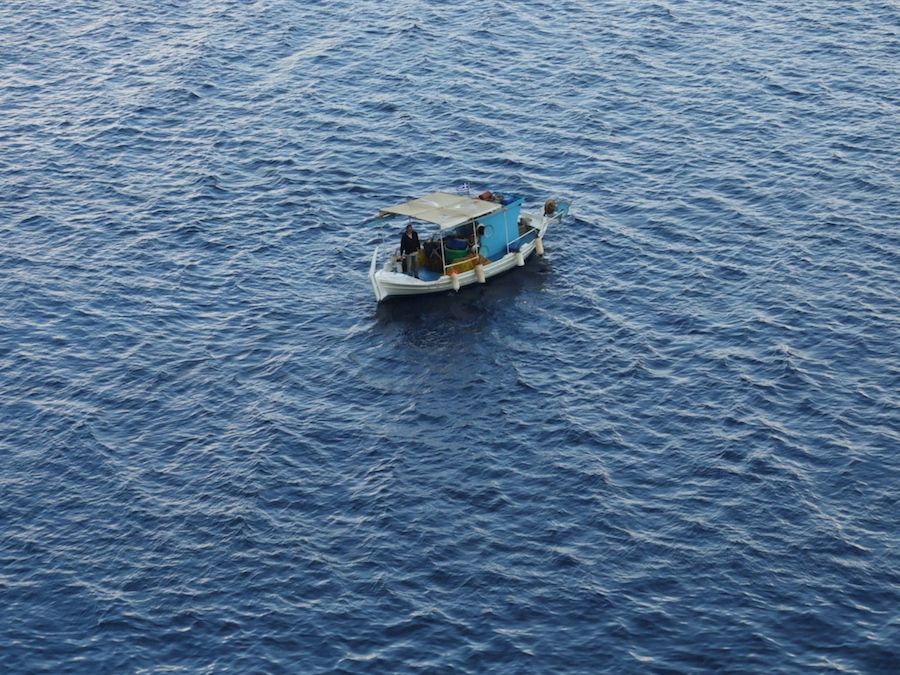 Aegean fisherman
Aegean fisherman
For those interested in history or geography, ancient ruins, myths and natural wonders are a particular delight.
Island hopping
The pages of major islands will be available soon for you to discover more about them, ports, towns/villages, anchorages, bays, places of interests, cultural events, gastronomic ideas etc to get some ideas and plan what you would like to see. /Links available soon/. Meanwhile, here is the description of the route and some islands on it.
 Land ahoy!! Course to starboard!
Land ahoy!! Course to starboard!
In the starting part of the trip, we will stop at Donousa, and then concentrate on Amorgos and the open sea scenery, before reaching the Lesser Cyclades where we plan to spend several days.
 Lesser Cyclades
Lesser Cyclades
From the very start, after leaving Mykonos, we will have our longest sailing passage of the whole route in order to reach and stop for rest at Donousa. It is not a very populated island (under 200 people), rather distant from others, with a generally wild landscape, and is basically suitable for peaceful holidays. It has few impressive beaches, a very interesting cave for a nice swim (used by seals before), and some easy and popular hiking trails.
 Donoussa
Donoussa
After leaving Donousa and sailing couple of hours we will arrive and, if the weather permits, try to anchor in one of the beautiful bays of Amorgos for a swim stop, before heading to the nearby town of Aigiali. Amorgos was the island chosen by Luc Besson for the movie “The big blue” as it offers the ideal scenery of sea, space and Greece in general (not to forget the famous whipwreck 'Olympia' and the spectacular monastery of Hozoviotissa, both also used in some scenes).
It is considered to be one of the hidden gems of the Cyclades, as it is rich in spectacular natural landscape, fabulous clear blue waters, unspoiled secluded beaches, caves and scenic bays...only accessible from the sea, so ideal for boat visitors like us. On the 'land' side of things, with its typical minimalistic Cycladic architecture villages spread around its rocky mountains, and still spared from mass tourism, Amorgos is attractive for those interested in privacy and tranquility. The capital Chora, in the hills, and its narrow streets is a place to be visited, as it is considered one of the most beautiful of the Cyclades. That is also a great opportunity to try the local fresh ingredients and taste some delicious food.
All together, and depending on the weather once again, Amorgos is a location where we could spend more than one day..
 Shipwreck
Shipwreck
 Amorgos
Amorgos
From the far west of Amorgos, still remaining in calm and unspoiled islands, we will head to the Lesser Cyclades where we intend to wander around for several days, as many islets, secluded bays for anchorages and quite fishing towns with waterfront cozy tavernas are all over... Islands of this group have the population between 100 and 200 people, and despite the small islands sizes, beaches around their shores are numerous. However, organized land or sports activities are not a major thing here (if not diving), so it results more in laid-back holiday mode. The deserted island of Keros, with its increasing archaeological activities, will be our first stop in this mini archipelago exploration.
Getting to the tiny and totally secluded Koufonisia island (or rather group of islands, where only one is inhabited), we are getting emerged in these Caribbean like environment with white sand beaches, where a bicycle is the best (if not the only) way of transportation for exploring around.
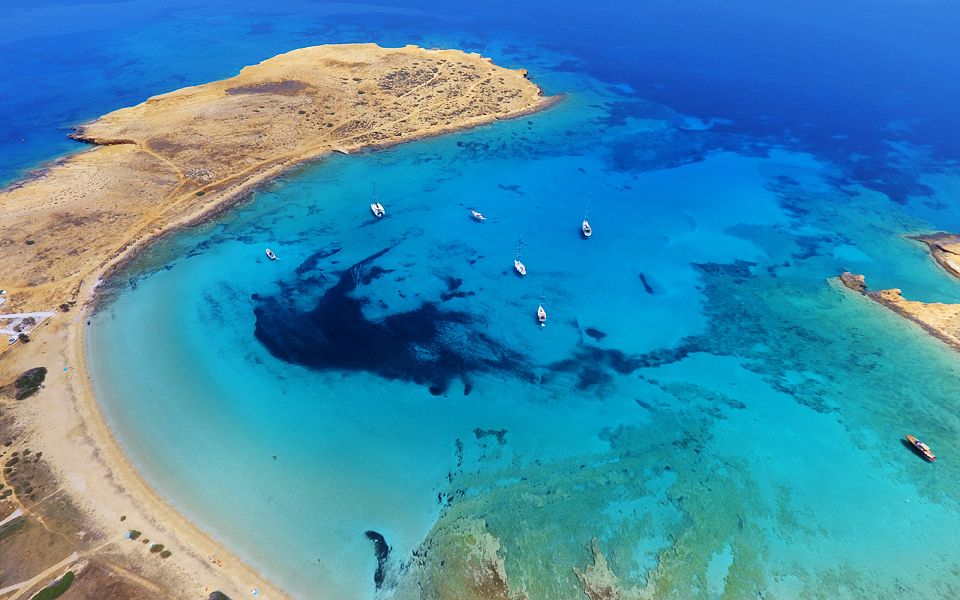 Koufonisia
Koufonisia
Schoinoussa, with its tiny settlements and wild landscape, is a our next destination where we could enjoy some traditional tavernas with fresh seafood that the local fishermen catch and bring every morning. /Link available soon/ ).
 Schinoussa
Schinoussa
Iraklia, even less in population than other Minor Cyclades islands, although a bit bigger in size, is certainly another place where we could easily find a large beach just to ourselves... Here, we can explore caves with stalagmites and stalactites, but also a interesting and rare swimming spot, just above a WW2 place wreck (in blue crystal water, of course) /Link available soon/).
 Iraklia
Iraklia
After few days in those peaceful islands, we will sail to Naxos island, the largest one in the Cyclades, Being back in active and populated places, we will have the choise of either getting into organized water sports, adventure activities (many wind related stuff in the north, hiking or horse riding over the whole island...), more soft beaches, or diving into authentic gastronomy which is becoming a well developed mark of the island nowadays.
Naxos also offers significant historical and archaeological sites, and is one of the best Greek Islands for ancient sites. The famous Temple of Apollo, 'Portara', is a quite popular visiting spot.
 Naxos
Naxos
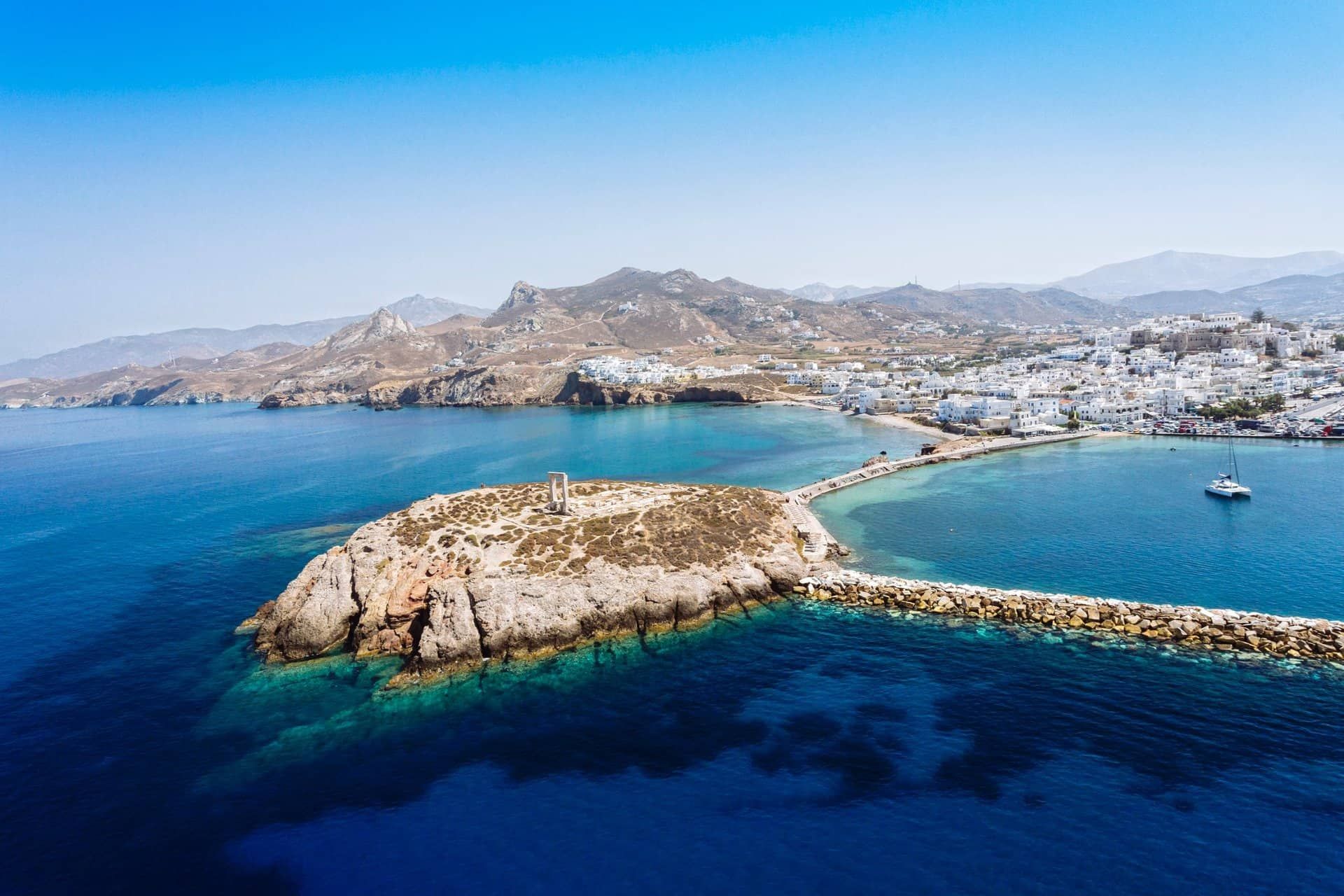 Portara, the Great door (Naxos)
Portara, the Great door (Naxos)
The last island of this rich and various trip is Paros, the most active destination we will visit. Although magical beaches characterise this island too, we will however plan to concentrate more on visiting the island itself, either being in Naoussa or the town of Paros. Similar to Mykonos, but in a smaller scope, here we can encouter luxurious restaurants and sophisticated bars on one side, and traditional villages and tavernas (land or sea food related) on the other. The island is offering a vast choice of everything, so it should be a delight to be in trouble of choosing...
 Paros
Paros
 Naoussa, Paros
Naoussa, Paros
Private, uninhabited, or deserted islands
One of the most interesting part of any sailing route in Greece are islands where nobody is living. Some may require a special permission to be visited, or even to be approached, and usually demand a particular behaviour due to special regulations. The reasons for that is that they are either privately owned, part of national or marine parks, or under some other major state governance. We have Keros and Kato Koufonisi on this trip, but there is also a number of small islets all along the route.
| From | To | Distance (nm) | Time (hrs) |
|---|---|---|---|
| Mykonos | Donousa | 35 | 5-6 |
| Donousa | Amorgos | 15 | 2-3 |
| Amorgos | Keros | 14 | 2-3 |
| Keros | Koufonisia | 5 | 1 |
| Koufonisia | Schoinoussa | 9 | 2 |
| Schoinoussa | Naxos | 20 | 3-4 |
| Naxos | Paros | 20 | 3-4 |
Note: Distances and sailing hours are to be taken as approximative
ACTIVITIES
...or what one can expect to do and see during this trip. The locations and the activities will make every day of the trip different from the previous but we could still, however, define a 'typical day' on a sailing holiday.
In the morning, after slowly waking up (usually 8-10 am), having a nice swim, coffee, breakfast, or one more quick town visit, we get the boat ready for leaving. Around 10-11 am we will set sails towards our next destination.
After a bit of sailing, around noon or very early afternoon we plan a swim stop. Usually it is in a nice, calm bay or in open waters, and that is also a good moment for having lunch or a quick byte.
After raising the anchor, we continue in the afternoon, for a bit more sailing and this is usually the most relaxed moment when everybody finds some typical holiday activities, like sunbathing on the deck, napping, reading... Our planned location is most often reached around 4-6 pm.
Once the yacht is properly docked, the late afternoon and evening are left for some refreshments, walks, town or island exploration, local beach swimming, and finally dinner.
The night period is left to any kind of action or fun you like.
As a picture is worth a thousand words, in the remaining section on this page, you can see few photos, from past year sailing holidays, that will present you some of those daily activities.
Discovering Greece
Picturesque towns and villages
 Amorgos
Amorgos
 Koufonisia
Koufonisia
 Schionoussa
Schionoussa
 Naxos
Naxos
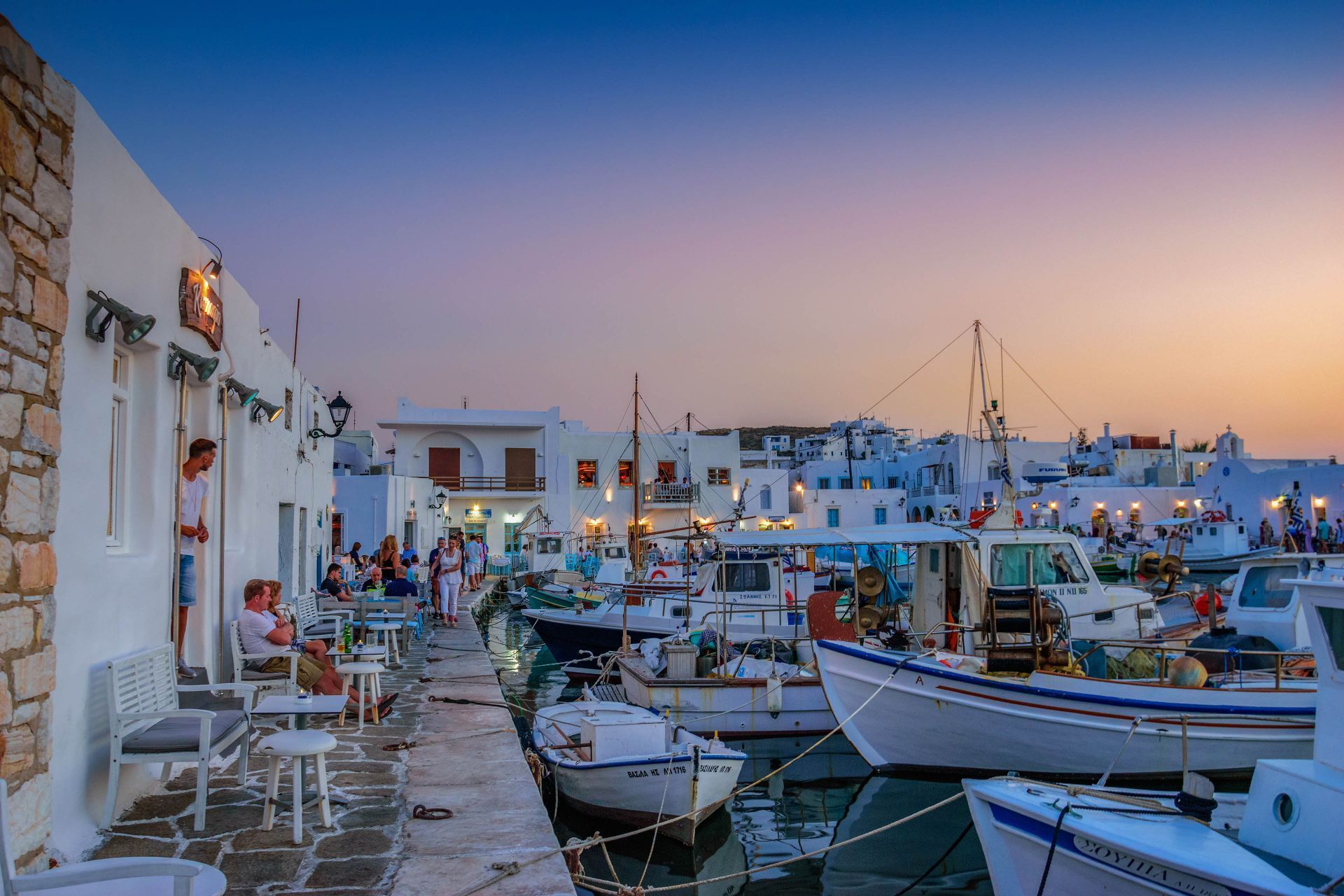 Paros
Paros
Historical, religious or cultural sites
For crew interested a bit more in history, tradition, religion or festivals and events, as this area of Greece has been a big interesection from ancient times (Greeks, Byzantines, Venetians...) until nowadays, there is a lot to discover. You will soon find more on the linked island pages, the Amorgos, Iraklia or Naxos one for example... /Links available soon/
Local dishes and spirits
 Choosing fresh fish for the crew
Choosing fresh fish for the crew
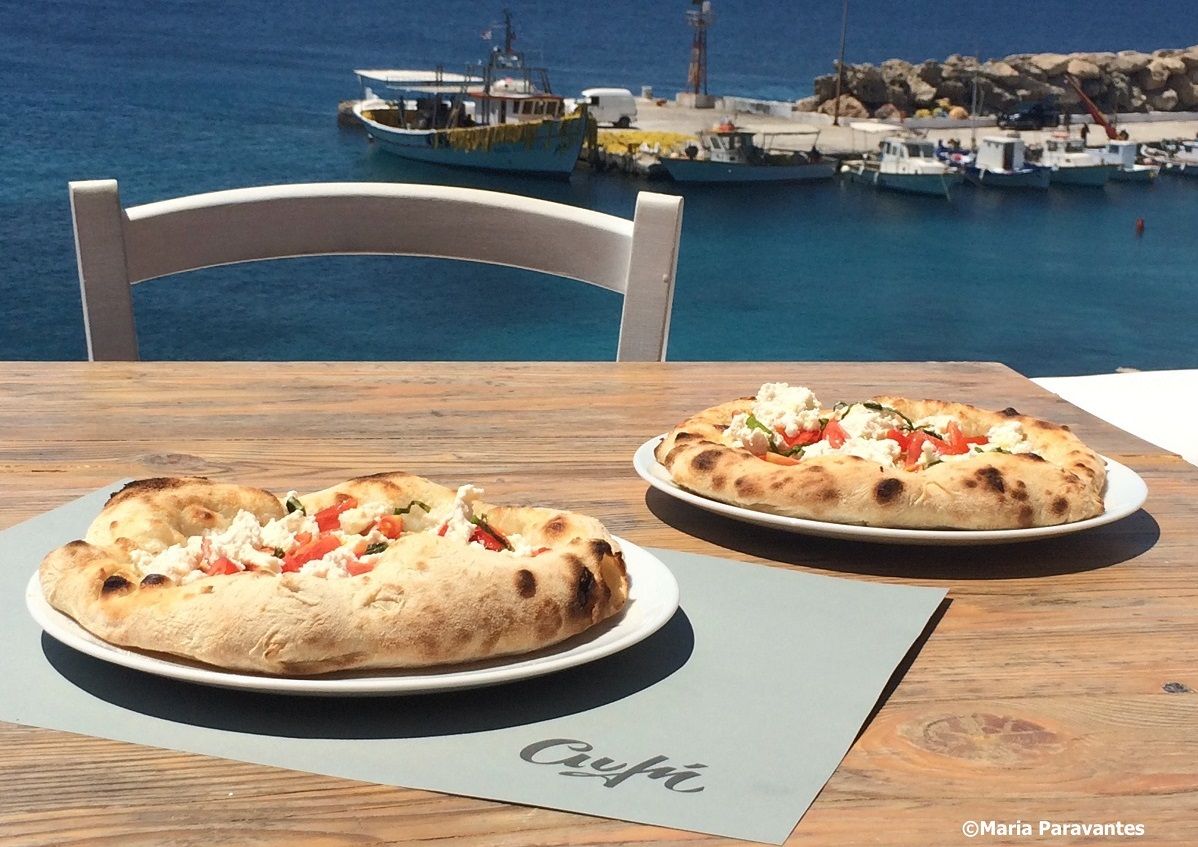 Special Donousa pie
Special Donousa pie
Sailing
Participating or getting introduced to the basics of sailing, navigation, metereology...
 Learnig to handle the helm...
Learnig to handle the helm...
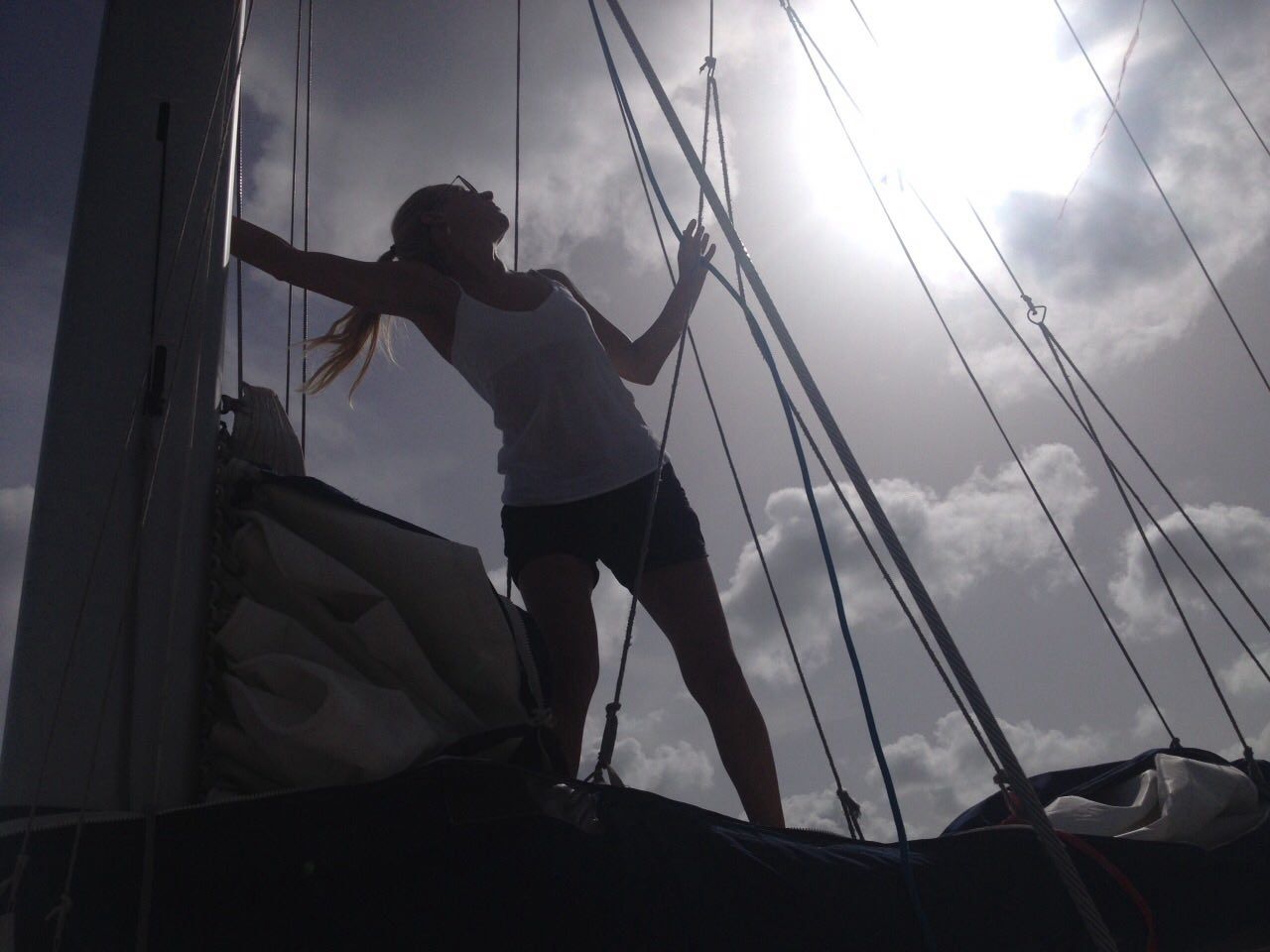 or dealing with sails...
or dealing with sails...
 ...or finding nice spots for chatting
...or finding nice spots for chatting
Interesting spots
There are numerous interesting things to see, spots to explore or activities to enjoy on the route. My personal one are beautiful anchorages, both for a daily swim stop or for a night under the stars, and traditional villages.
 Hike to conquer local hills and have the best view...
Hike to conquer local hills and have the best view...
 ...or learn Tavli after an authentic Greek coffee...
...or learn Tavli after an authentic Greek coffee...
 ...or meet someone unexpectingly.
...or meet someone unexpectingly.
Some other, most ususal, activities:
- Bicycle (or scooter, quad, car) rental for town and island exploration
- Hiking
- Exploring caves, lakes, waterfalls, cliff jumping spots...
- Visiting antique site, settlements, queries...or shipwrecks
- Photography wise, the locations are offering more than enough... magnificent landscapes or the sunset 'golden hour' for example...
- Getting to know the islands with local guides
- Shopping or paying visits to art galleries and workshops
- Discovering regional tastes of food and spirits in local tavernas or gourmet restaurants
- Visiting local production farms and facilities (olive and oil, goat or sheep farms...)
- Doing a bit of extra sports (diving, yoga, wind or kite surfing...)
- Or just sitting around...in local cafes, squares, piers, fishing ports...
Water fun
As enjoying the water is a particular pleasure when having yacht holidays and water toys available...
 Improvised water skiing
Improvised water skiing
 Don't wait for the skipper to achor the yacht, just go!
Don't wait for the skipper to achor the yacht, just go!
 Enjoy the tranquility, one way...
Enjoy the tranquility, one way...
 ...or another
...or another
 Scuba diving initiation
Scuba diving initiation
Diving is, initially, a very regulated activity. It is even more so in Greece, due to special permissions. If you are interested in scuba diving, make sure you inform us well in advance, so we can book spots to match our journey dates.
Chillin'
Relaxing is, after all, a major part of any vacations...
 Whether on water...
Whether on water...
 ... in the air ...
... in the air ...
 ... on board ...
... on board ...
 ... or on land
... or on land
Wild life
Whether fully wild or domesticated, there is a number of our various friends that we can encounter on our route, on land (donkeys, mules, goats, horses, dogs, cats...), in air (seagulls, birds), in water (daulphins, seals, turtles, jellyfish...), or somewhere in between (flying fish). Please note that you are not suppose to approach or touch some of the wild life, as seals can be particularly dangerous, turtles extremely protected, while it can be painful to hang around some jellyfish types. If in doubt, ask the skipper for further explanations.
 Always friendly and willing to play around
Always friendly and willing to play around
 Very popular in Greece, a donkey (on the right)
Very popular in Greece, a donkey (on the right)
 Other might enjoy a nice beach too
Other might enjoy a nice beach too
 A unique experience of swimming under a seagull
A unique experience of swimming under a seagull